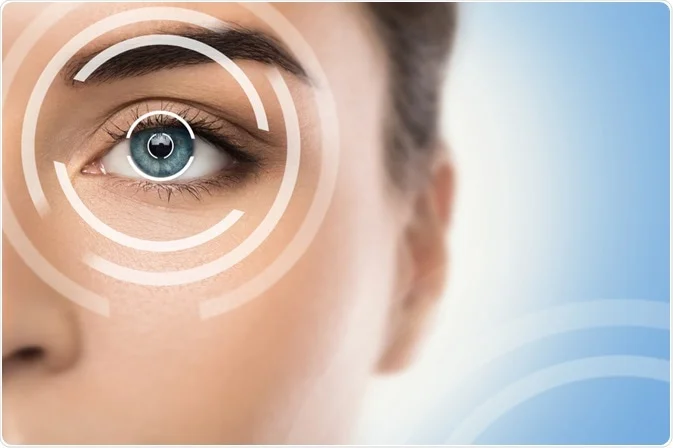Introduction
LASIK eye surgery is widely regarded as a safe and effective method to correct vision problems, but like any surgical procedure, it carries some risks and potential side effects. Being informed about these possible complications helps patients set realistic expectations and recognize symptoms that require medical attention.
This guide covers the most common risks and side effects of LASIK, their causes, typical duration, and available treatments.
Common Side Effects of LASIK
1. Dry Eyes
- Description: Many patients experience dry eye symptoms such as burning, itching, or a gritty feeling.
- Cause: LASIK temporarily reduces corneal nerve sensitivity, affecting tear production.
- Duration: Usually peaks within the first few weeks and improves over 3-6 months.
- Management:
- Use preservative-free artificial tears frequently.
- Avoid environments with dry air or wind.
- In severe cases, doctors may recommend punctal plugs or prescription eye drops.
2. Glare, Halos, and Starbursts
- Description: Visual disturbances around lights, especially at night, can include halos, glare, or starburst effects.
- Cause: Irregular healing or subtle corneal surface changes.
- Duration: Typically improves within weeks to months post-surgery.
- Management:
- Wearing anti-reflective coating glasses for night driving if needed.
- Some patients benefit from additional laser enhancements to smooth the corneal surface.
3. Fluctuating or Blurry Vision
- Description: Vision may vary in clarity during the healing process, causing temporary blurriness or fluctuations.
- Cause: Natural healing and corneal remodeling.
- Duration: Usually resolves within days to weeks.
- Management:
- Regular follow-up visits to monitor healing.
- Avoid eye strain and follow post-op care instructions.
Less Common Risks and Complications
4. Undercorrection or Overcorrection
- Description: Sometimes, the laser reshapes the cornea too little or too much, resulting in residual nearsightedness, farsightedness, or astigmatism.
- Cause: Variability in healing or laser calibration.
- Management:
- Enhancement surgery may be performed several months after the initial procedure once healing stabilizes.
5. Infection or Inflammation
- Description: Though rare, infections or inflammation can occur after LASIK.
- Cause: Bacterial contamination or immune response.
- Management:
- Prompt treatment with antibiotic or steroid eye drops.
- Close monitoring by the surgeon to prevent complications.
6. Flap Complications
- Description: Problems with the corneal flap created during surgery—such as dislocation, wrinkles, or epithelial ingrowth.
- Cause: Trauma or improper healing.
- Management:
- Surgical repositioning of the flap if necessary.
- Close observation and intervention in case of epithelial cells growing under the flap.
7. Regression
- Description: Vision may gradually shift back toward the original prescription over time.
- Cause: Natural changes in the eye or healing response.
- Management:
- Enhancement surgery or alternative vision correction options may be recommended.
How Surgeons Minimize Risks
- Thorough preoperative screening to identify suitable candidates and rule out conditions like keratoconus or severe dry eyes.
- Use of advanced laser technology (e.g., femtosecond lasers, wavefront-guided systems) for greater precision.
- Strict sterile protocols to prevent infection.
- Comprehensive post-op care instructions and follow-up visits.
When to Contact Your Doctor
Seek immediate care if you experience:
- Sudden vision loss or severe pain
- Persistent redness or discharge from the eye
- Flap displacement or trauma
- Worsening visual symptoms beyond the expected healing period
Conclusion
While LASIK surgery is generally safe with high satisfaction rates, understanding the common risks and side effects prepares patients for the healing journey. Most side effects are temporary and manageable with proper care and follow-up. Always choose an experienced surgeon and follow all pre- and post-operative instructions to minimize complications.




